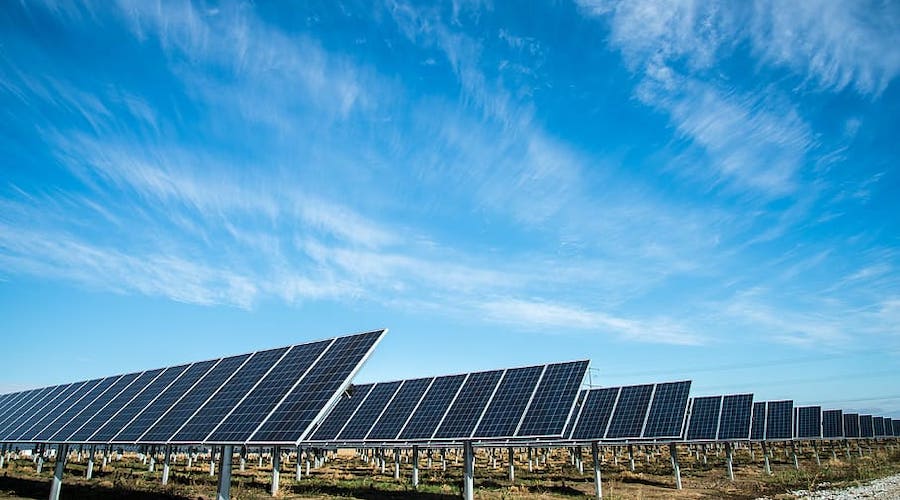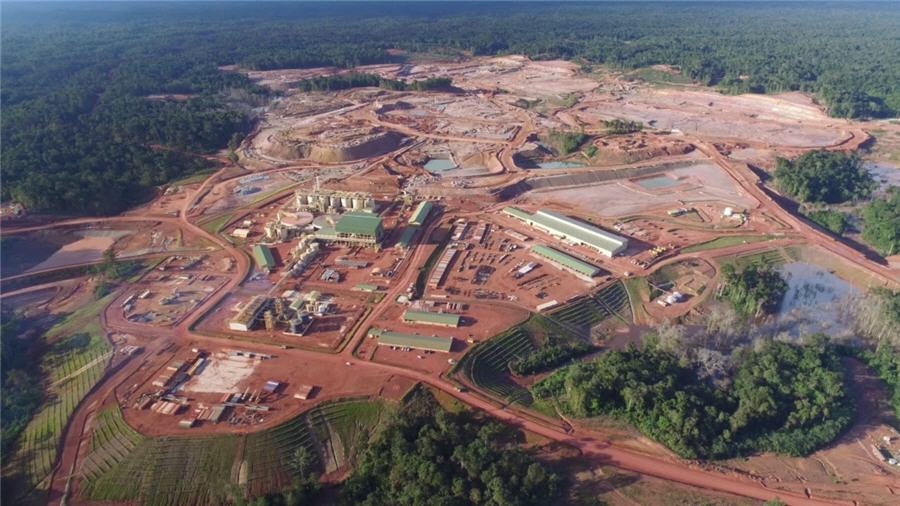Most Georgians prefer clean energy over coal – study

A recent survey carried out on behalf of researchers at Georgia Tech and the University of Georgia found that a majority of residents of the US state of Georgia strongly support new solar and wind power capacity over new coal-fired plants and believe the government should set a carbon emissions reduction goal.
Conducted by polling firm Dynata, the survey found that 60% of residents back the creation of a state carbon emissions reduction goal. That includes 74% of Democrats and Democratic-leaning independents, 52% of independents, and 45% of Republicans and Republican-leaning independents.
The poll also found that seven out of 10 Georgians support new solar power and six out of 10 back new wind power, with new hydroelectric and natural gas capacity also receiving relatively favorable marks.
On the opposite side of the spectrum, the study showed that only 30% of respondents supported new coal-fired power plants.
“This survey demonstrates that many Georgians across the political spectrum are in favor of green energy solutions that will benefit the state’s environment, create new jobs, and support our economy,” Marilyn Brown, professor of sustainable systems in Georgia Tech’s School of Public Policy, said in a media statement.
Coal is the fourth most important energy source in Georgia, contributing to nearly 12% of the state’s net generation in 2020.
According to the US Energy Information Administration, most of the state’s electricity comes from natural gas, accounting for 49% of its net generation in 2020.
The southern region also exports LNG, particularly after the Elba Island liquefied natural gas import terminal added liquefication and export facilities with the capacity to export 350 million cubic feet per day. Export operations began two years ago, and more than 36 billion cubic feet were exported from Elba in 2020.
Locally, LNG was followed by nuclear power, as Georgia’s four operating nuclear reactors accounted for 27% of the net generation in the same year, while renewable energy, including hydroelectric power and small-scale solar, accounted for 12%.
More News
{{ commodity.name }}
{{ post.title }}
{{ post.date }}

Comments